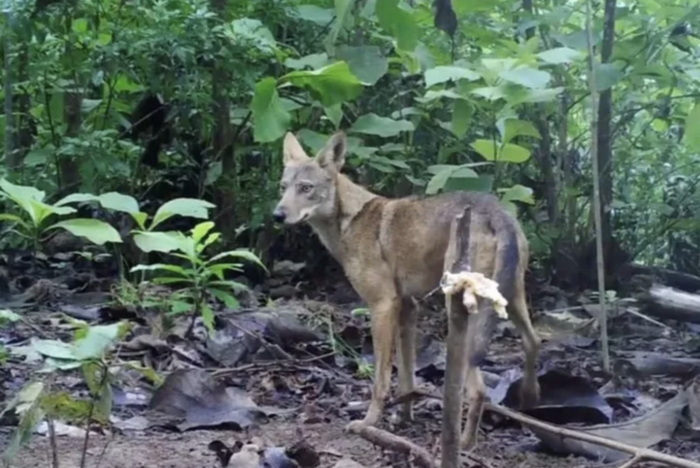More than 40 years have passed since the coyote arrived in Panama, according to records from the Ministry of the Environment.
In recent years, reports on the presence of coyotes have increased in the country’s agricultural and livestock areas, and this has been reflected in recent studies in 2019, where the spread of coyotes has been evidenced.
This is because an environment or niche is created suitable for this species, which requires these foods.
According to the technician of the Directorate of Protected Areas and Biodiversity of MiAmbiente, Alexander Montero, several of the reasons for the constant expansion of this animal are deforestation and agricultural development. Likewise, the decrease in the populations of large predators such as the puma and the jaguar influence.
MiAmbiente indicated that it is necessary for human beings to learn to live with these species by taking the necessary measures.
If you encounter a coyote, it is recommended:
- Keep your distance.
- Do not approach the animal, much less if it has a breeding.
- Do not run, because the coyote can be confused with a prey.
- Try to look bigger and more intimidating, going up to a high place, waving your arms or making loud sounds, so that the animal can move away.
- If there are small children, carry them and keep them safe.
- For no reason should you approach the coyote, much less if it has a breeding.
About the coyotes
- The coyote, whose scientific name is Canis latrans, is a wild mammal that looks very similar to a German shepherd dog, elongated snout, erect ears and a drooping, hairy tail.
- They reproduce once a year, but only the leaders of the groups (the alpha male with its female) are reproduced.
- The breeding season occurs between the months of December and February, intensifying more in the last month.
- The litter per birth is 4 to 8 puppies, but the survival of the same is very low (between 50% and 70% of individuals die before the first year).
- His diet includes rodents, including rabbits and ñeques, insects, snakes, lizards, vegetables and fruits. However, they can look for food among poorly covered garbage dumps and pet food.
- They prefer to hunt at night but they have often seen it at the end of the afternoon and at dawn.
- They are very agile and fast, they can jump up to a height of two meters and run at a speed of 65 km per hour.

